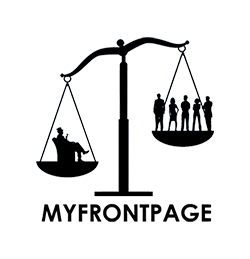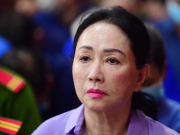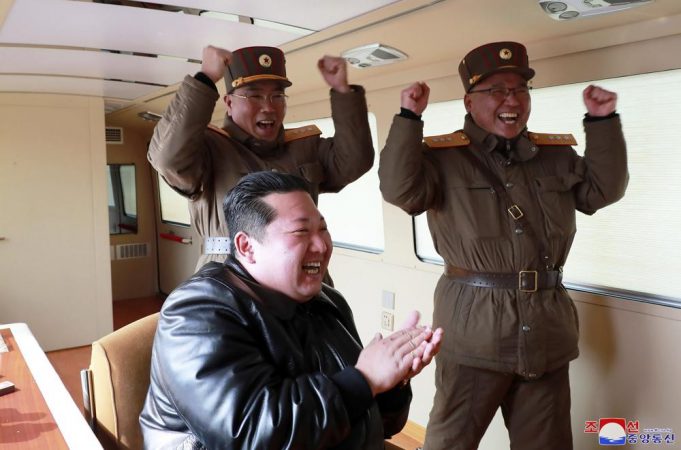SEOUL, South Korea: The United States called for tougher U.N. sanctions after North Korea said it test-fired its biggest intercontinental ballistic missile to date. With Kim Jong Un vowing to expand his country’s “nuclear war deterrent.” While preparing for a “long-standing confrontation” with the United States.
The launch Thursday extended a barrage of weapons demonstrations this year. Analysts say is aimed at forcing the United States to accept the idea of North Korea as a nuclear power. And remove crippling sanctions against its broken economy.
At a U.N. Security Council meeting, U.S. Ambassador Linda Thomas-Greenfield said the U.S. would propose a resolution “to update and strengthen” Security Council sanctions. She declined to specify what those new measures might be.
“It is clear that remaining silent, in the hope that the DPRK would similarly show restraint, is a failed strategy,” she said. DPRK is an acronym for the country’s formal name, the Democratic People’s Republic of North Korea.
The council originally imposed sanctions after the North’s first nuclear test explosion in 2006 and tightened them over the years. But last fall, veto-wielding China and Russia called for lifting various sanctions against their neighbor.
Russian Deputy Ambassador Anna Evstigneeva said that further sanctions would only harm North Korea’s people. While Chinese Ambassador Zhang Jun urged the council “to consider how to accommodate the DPRK’s justified security concerns.”
He suggested that the U.S. didn’t do enough to respond to the North’s 2018 self-imposed pause on long-range missiles. And nuclear tests needed to “show its goodwill” “work harder to stabilize the situation” and resume dialogue.
North Korea didn’t speak at the council meeting. A message seeking comment was sent to its U.N. mission.
Meanwhile, the U.S. imposed new sanctions of its own against five entities and individuals in Russia and North Korea. Over transferring sensitive items to the North’s missile program, State Department spokesperson Ned Price said.
Korea and Japan, Pyongyang’s official Korean Central News Agency said.
The Hwasong-17 was fired at a high angle to avoid the territorial waters of neighbors. Reached a maximum altitude of 6,248 kilometers (3,880 miles) and traveled 1,090 kilometers (680 miles) during a 67-minute flight. Before landing in waters between North.
KCNA claimed the launch met its technical objectives and proved the ICBM could be operated quickly during wartime conditions.
The South Korean and Japanese militaries had announced similar flight details. Which analysts say suggested that the missile could reach targets 15,000 kilometers (9,320 miles) away when fired on a normal trajectory with a warhead weighing less than a ton. That would place the entire U.S. mainland within striking distance.
Believed to be about 25 meters (82 feet) long, the Hwasong-17 is the North’s longest-range weapon. By some estimates, the world’s biggest road-mobile ballistic missile system. North Korea revealed the missile in a military parade in October 2020 and the launch was its first full-range test.
KCNA paraphrased Kim as saying that the new weapon would make the “whole world clearly aware” of the North’s bolstered nuclear forces. He vowed for his military to acquire “formidable military and technical capabilities. Unperturbed by any military threat and blackmail and keep themselves fully ready for a long-standing confrontation with the U.S. imperialists.”
While the test was North Korea’s most powerful demonstration of its ICBM capabilities to date. Some experts questioned whether the North was hiding key details about the launch.
Colin Zwirko, a senior analyst at the North Korea-focused website NK Pro, said. Commercial satellite images indicate that North Korean state TV footage of the launch was likely shot on a different date. He said this raises the possibility that North Korea botched a Hwasong-17 test on March 16. When South Korea’s military said it detected a missile exploding shortly after liftoff at the airport. And was trying to pass off footage from that failure with whatever missile it launched on Thursday.
South Korea’s Yonhap news agency quoted unnamed military officials who wondered whether North Korea actually launched the smaller Hwasong-15 with certain modifications to increase its range.
South Korea’s military responded to the launch with live-fire drills of its own missiles launched from land, a fighter jet, and a ship. Underscoring a revival of tensions as diplomacy remains frozen. It said it confirmed readiness to execute precision strikes against North Korea’s missile launch points as well as command and support facilities.
Seoul’s Unification Ministry, which handles inter-Korean affairs, criticized the North for breaking its self-imposed moratorium on ICBM tests.
This test was North Korea’s 12th round of launches this year and the most provocative since President Joe Biden took office.
















